Home>Home Appliances>Laundry Appliances>How Do You Clean The Washing Machine
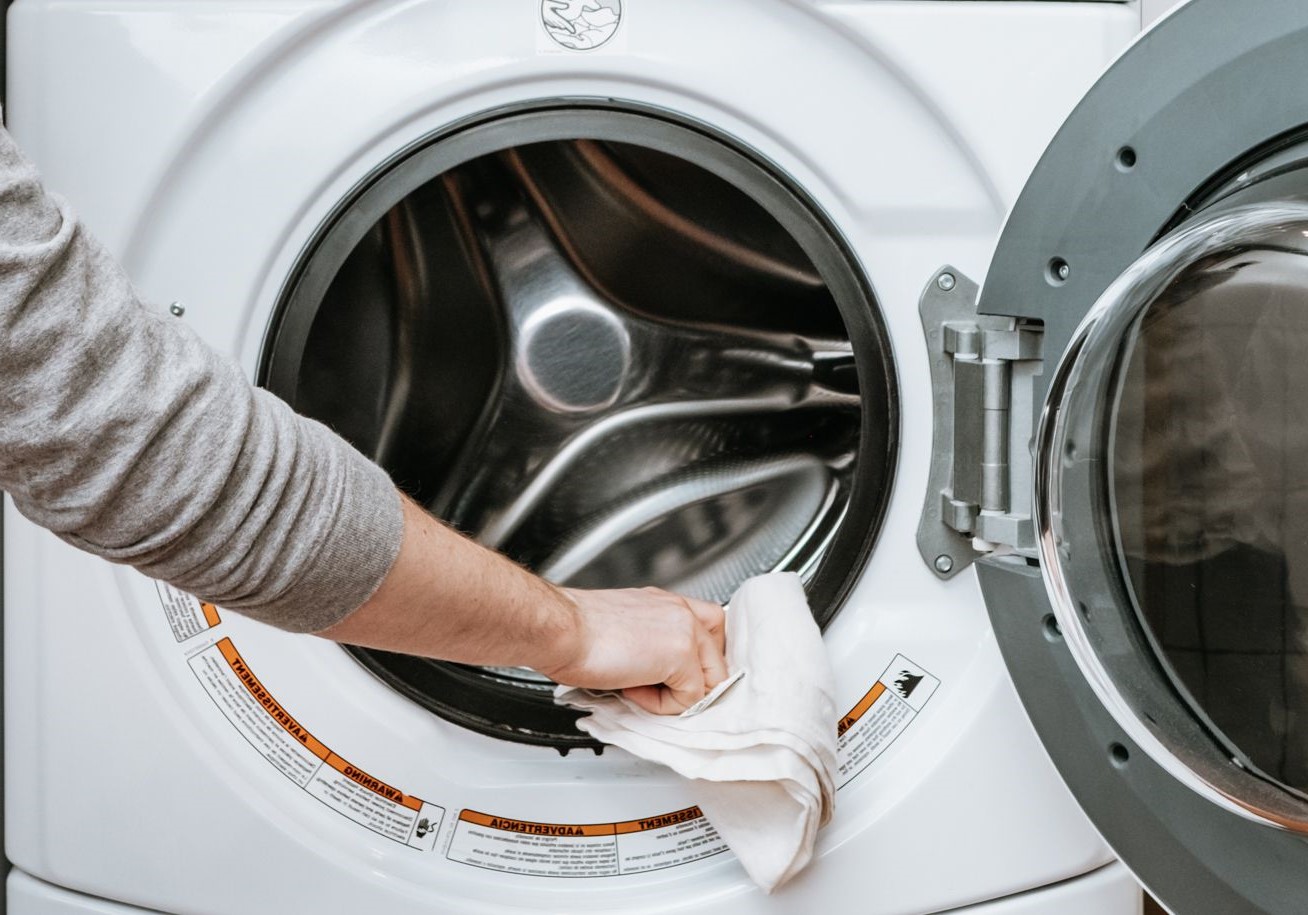

Laundry Appliances
How Do You Clean The Washing Machine
Modified: March 2, 2024
Learn how to properly clean your laundry appliances with our expert tips. Keep your washing machine in top condition for better laundry results.
(Many of the links in this article redirect to a specific reviewed product. Your purchase of these products through affiliate links helps to generate commission for Storables.com, at no extra cost. Learn more)
Introduction
Cleaning the washing machine is a crucial yet often overlooked aspect of laundry appliance maintenance. While it may seem counterintuitive to clean a machine designed for cleaning, the reality is that over time, washing machines can accumulate dirt, grime, and residue from detergent and fabric softener. This buildup can lead to unpleasant odors, unsanitary conditions, and even affect the cleanliness of your laundry. Therefore, regular cleaning of your washing machine is essential to ensure its optimal performance and longevity.
In this comprehensive guide, we will delve into the importance of cleaning your washing machine, the materials needed for the cleaning process, step-by-step instructions for effectively cleaning the machine, and valuable tips for maintaining a clean and efficient washing machine. Whether you have a top-loading or front-loading washing machine, this guide will equip you with the knowledge and techniques to keep your appliance in top condition.
Now, let's explore the significance of maintaining a clean washing machine and how it can positively impact your laundry routine and the lifespan of your appliance.
Key Takeaways:
- Regularly cleaning your washing machine with vinegar and baking soda prevents mold, mildew, and odors, ensuring fresh and clean laundry while extending the appliance’s lifespan.
- Simple maintenance practices like wiping down the drum, leaving the door ajar, and using the right detergent amount help keep your washing machine clean and efficient.
Read more: How Do You Clean A Front Load Washer
Importance of Cleaning the Washing Machine
Regularly cleaning your washing machine is essential for several reasons. Over time, detergent, fabric softener, and dirt residue can accumulate in various parts of the machine, including the drum, detergent dispenser, and rubber door seal. This buildup can create a breeding ground for mold, mildew, and bacteria, leading to unpleasant odors and potentially affecting the cleanliness of your laundry.
Furthermore, the presence of mold and mildew in the washing machine can transfer onto your clothes, causing them to develop a musty smell. This not only compromises the freshness of your laundry but also necessitates additional washing cycles to remove the odor, resulting in wasted time, water, and energy.
In addition to the impact on cleanliness, a neglected washing machine may experience reduced efficiency and performance. The accumulation of residue can lead to clogged detergent dispensers, hindering the proper distribution of cleaning agents during the wash cycle. This can result in inadequate cleaning of your clothes and linens, as well as the potential for stains and discoloration due to the incomplete dissolution of detergents.
Moreover, a dirty washing machine is more prone to mechanical issues and malfunctions. The presence of debris and residue can put strain on the internal components, such as the pump and drainage system, potentially leading to blockages and decreased functionality. This can result in costly repairs and premature wear and tear on the appliance.
By recognizing the importance of cleaning your washing machine, you can maintain a hygienic laundry environment, prolong the lifespan of your appliance, and ensure that your clothes emerge fresh and clean after each wash. With this understanding, it becomes evident that regular cleaning is not just a matter of aesthetics but a fundamental aspect of preserving the functionality and efficiency of your washing machine.
Materials Needed for Cleaning
To effectively clean your washing machine, you will need a few basic yet essential materials. These items are readily available and are instrumental in ensuring a thorough and successful cleaning process. Here's a comprehensive list of the materials required:
-
White Vinegar: This versatile household staple serves as a natural disinfectant and helps dissolve mineral deposits and residue in the washing machine. Its acidic properties make it an effective agent for combating mold, mildew, and odor-causing bacteria.
-
Baking Soda: Known for its deodorizing and abrasive properties, baking soda is an excellent cleaning agent for removing stubborn stains, grime, and odors from the interior of the washing machine. It also helps to neutralize acidic residues and acts as a gentle abrasive for scrubbing away buildup.
-
Microfiber Cloth or Sponge: A soft microfiber cloth or sponge is ideal for wiping down the exterior surfaces of the washing machine. It is gentle enough to prevent scratches while effectively removing dirt, dust, and spills.
-
Toothbrush or Small Brush: A toothbrush or small brush is useful for reaching tight spaces and crevices within the washing machine, such as the rubber door seal and around the detergent dispenser. It allows for precise cleaning and helps dislodge accumulated grime and residue.
-
Hot Water: Utilizing hot water during the cleaning process can enhance the effectiveness of cleaning agents and aid in dissolving and flushing out residues from the machine's interior components.
-
Clean Cloth or Towel: Having a clean cloth or towel on hand is essential for drying and wiping down the interior surfaces of the washing machine after the cleaning process.
-
All-Purpose Cleaner (Optional): In some cases, an all-purpose cleaner may be used to address stubborn stains or spills on the exterior of the washing machine. It can provide an extra boost in removing dirt and grime from the surfaces.
By gathering these materials, you will be well-equipped to embark on the cleaning journey for your washing machine. These items, when used in combination, will facilitate a comprehensive and thorough cleaning process, ensuring that your appliance is free from residue, odors, and potential sources of contamination.
To clean your washing machine, run a hot water cycle with vinegar to remove any buildup and odors. Then, wipe down the inside and outside with a mixture of water and baking soda.
Steps to Clean the Washing Machine
-
Prepare the Cleaning Solution: Begin by mixing a solution of equal parts white vinegar and water in a container. The acidic nature of vinegar makes it an effective natural cleaner, capable of dissolving mineral deposits, mold, and mildew within the washing machine. For a standard top-loading machine, a mixture of 2 cups of white vinegar and 2 cups of hot water is recommended. For front-loading machines, the same solution can be used, but with a larger quantity of 4 cups due to their larger capacity.
-
Add Baking Soda: After preparing the vinegar solution, measure out one-fourth cup of baking soda. This versatile ingredient acts as a deodorizer and abrasive cleaner, ideal for removing stubborn residues and odors from the interior of the washing machine. Pour the baking soda directly into the drum of the machine.
-
Pour the Cleaning Solution: With the cleaning solution and baking soda ready, it's time to initiate the cleaning process. Pour the vinegar and water mixture into the detergent dispenser or directly into the drum of the washing machine. Ensure that the solution is evenly distributed throughout the interior.
-
Run a Hot Cycle: Set the washing machine to run a hot water cycle. The combination of hot water and the cleaning solution will effectively sanitize the interior of the machine, dissolve residues, and eliminate odors. If your machine has a cleaning cycle or tub clean mode, utilize this setting for optimal results.
-
Scrub the Rubber Door Seal: While the hot water cycle is in progress, take a toothbrush or small brush and dip it into the remaining vinegar solution. Use this to scrub the rubber door seal thoroughly, as this area is prone to mold and mildew buildup. Pay close attention to the crevices and folds of the seal to ensure a comprehensive cleaning.
-
Wipe Down the Exterior: While the interior cleaning cycle is underway, take a microfiber cloth or sponge and dampen it with the vinegar solution. Use this to wipe down the exterior surfaces of the washing machine, including the control panel, door, and any visible stains or spills. For stubborn stains, a small amount of all-purpose cleaner can be applied to the cloth.
-
Final Rinse and Dry: Once the cleaning cycle is complete, open the door of the washing machine and allow the interior to air dry. Use a clean cloth or towel to wipe down any remaining moisture and ensure that the interior surfaces are thoroughly dry. This step is crucial in preventing the formation of new mold or mildew.
By following these steps, you can effectively clean your washing machine, eliminating residues, odors, and potential sources of contamination. Regular maintenance and cleaning will contribute to the longevity and efficiency of your appliance, ensuring that it continues to provide clean and fresh laundry for years to come.
Tips for Maintaining a Clean Washing Machine
Maintaining a clean washing machine goes beyond the occasional deep cleaning process. By incorporating simple yet effective practices into your laundry routine, you can uphold the cleanliness and functionality of your appliance. Here are valuable tips for ensuring that your washing machine remains in optimal condition:
-
Regularly Wipe Down the Drum and Door Seal: After completing each laundry cycle, take a moment to wipe down the drum and rubber door seal with a clean, damp cloth. This quick action helps prevent the accumulation of moisture and detergent residues, reducing the likelihood of mold and mildew growth.
-
Leave the Door Ajar: Once you've finished using the washing machine, leave the door slightly ajar to allow air circulation within the drum. This simple practice aids in drying out any residual moisture, discouraging the development of mold and mildew.
-
Use the Right Amount of Detergent: Avoid overloading the machine with excessive detergent, as this can lead to soap scum buildup and contribute to foul odors. Follow the manufacturer's guidelines for detergent usage and consider using high-efficiency (HE) detergents for front-loading machines.
-
Clean the Detergent Dispenser: Periodically remove and clean the detergent dispenser tray to prevent the accumulation of detergent and fabric softener residues. Use a mild cleaning solution and a brush to scrub away any buildup, ensuring that the dispenser remains free from clogs and odors.
-
Run a Maintenance Wash: Conduct a maintenance wash every few months by running an empty hot water cycle with white vinegar or a specialized washing machine cleaner. This helps to dissolve residues, sanitize the interior, and eliminate any lingering odors.
-
Inspect and Clean the Filter: For machines equipped with a lint or debris filter, regularly inspect and clean it to prevent blockages and maintain proper drainage. Clearing the filter of lint, coins, and other debris ensures efficient water drainage during the wash and spin cycles.
-
Check for Leaks and Seals: Periodically inspect the washing machine for leaks and ensure that the rubber door seal is free from cracks or damage. Addressing leaks and seal issues promptly can prevent water accumulation and mold growth in unseen areas.
-
Maintain Leveling and Balance: Ensure that the washing machine is properly leveled and balanced to prevent excessive vibrations during operation. Imbalanced machines can lead to premature wear on internal components and may contribute to leaks or malfunctions.
By integrating these tips into your laundry care routine, you can proactively maintain a clean and efficient washing machine. Consistent attention to these practices not only promotes a hygienic laundry environment but also contributes to the longevity and reliable performance of your appliance.
Frequently Asked Questions about How Do You Clean The Washing Machine
Was this page helpful?
At Storables.com, we guarantee accurate and reliable information. Our content, validated by Expert Board Contributors, is crafted following stringent Editorial Policies. We're committed to providing you with well-researched, expert-backed insights for all your informational needs.
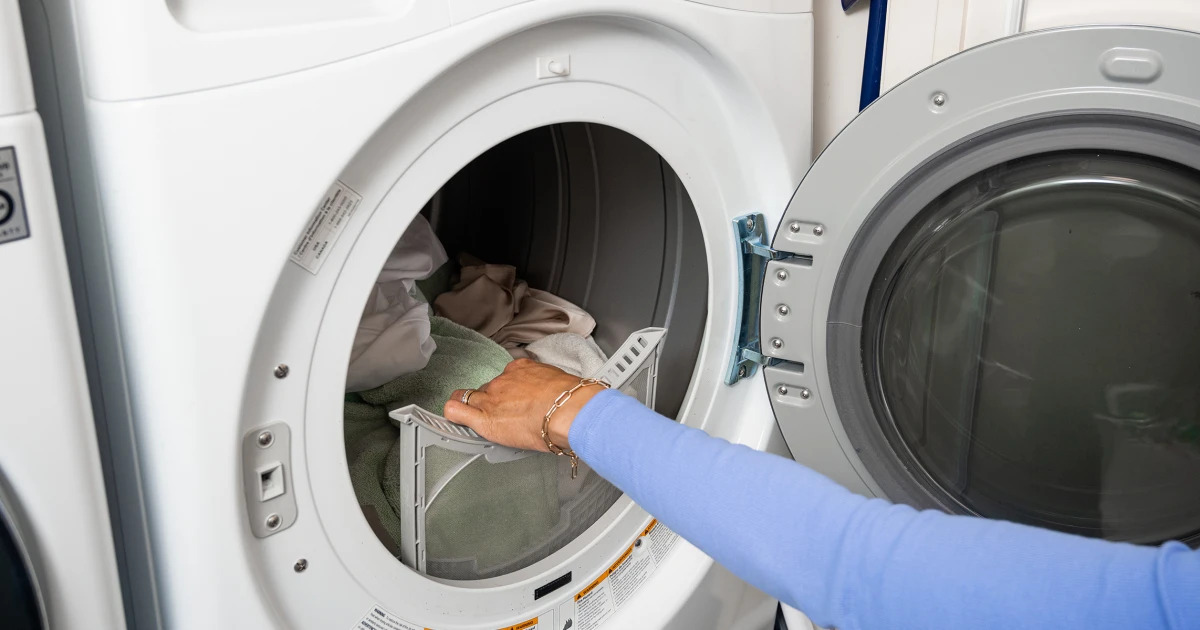

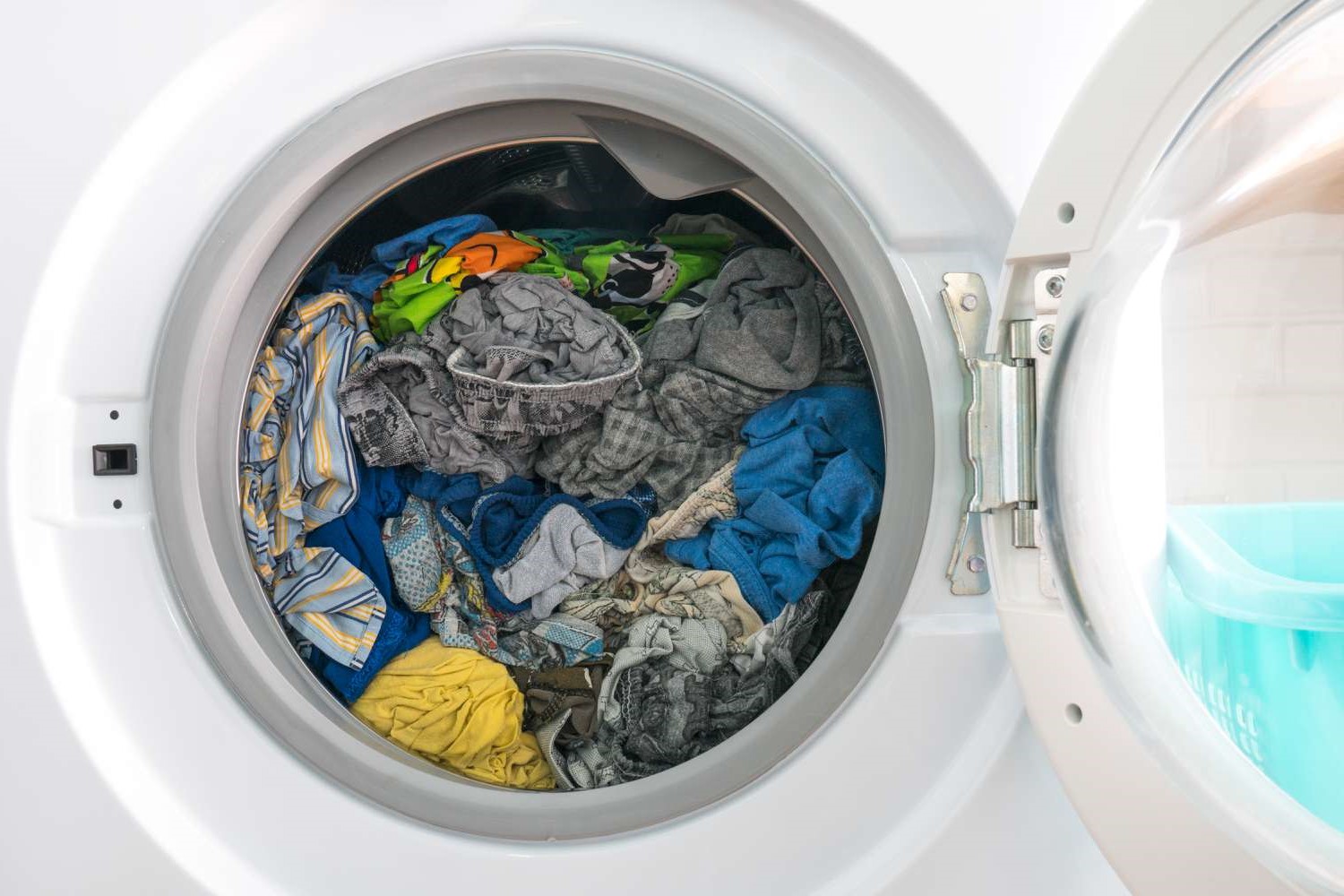
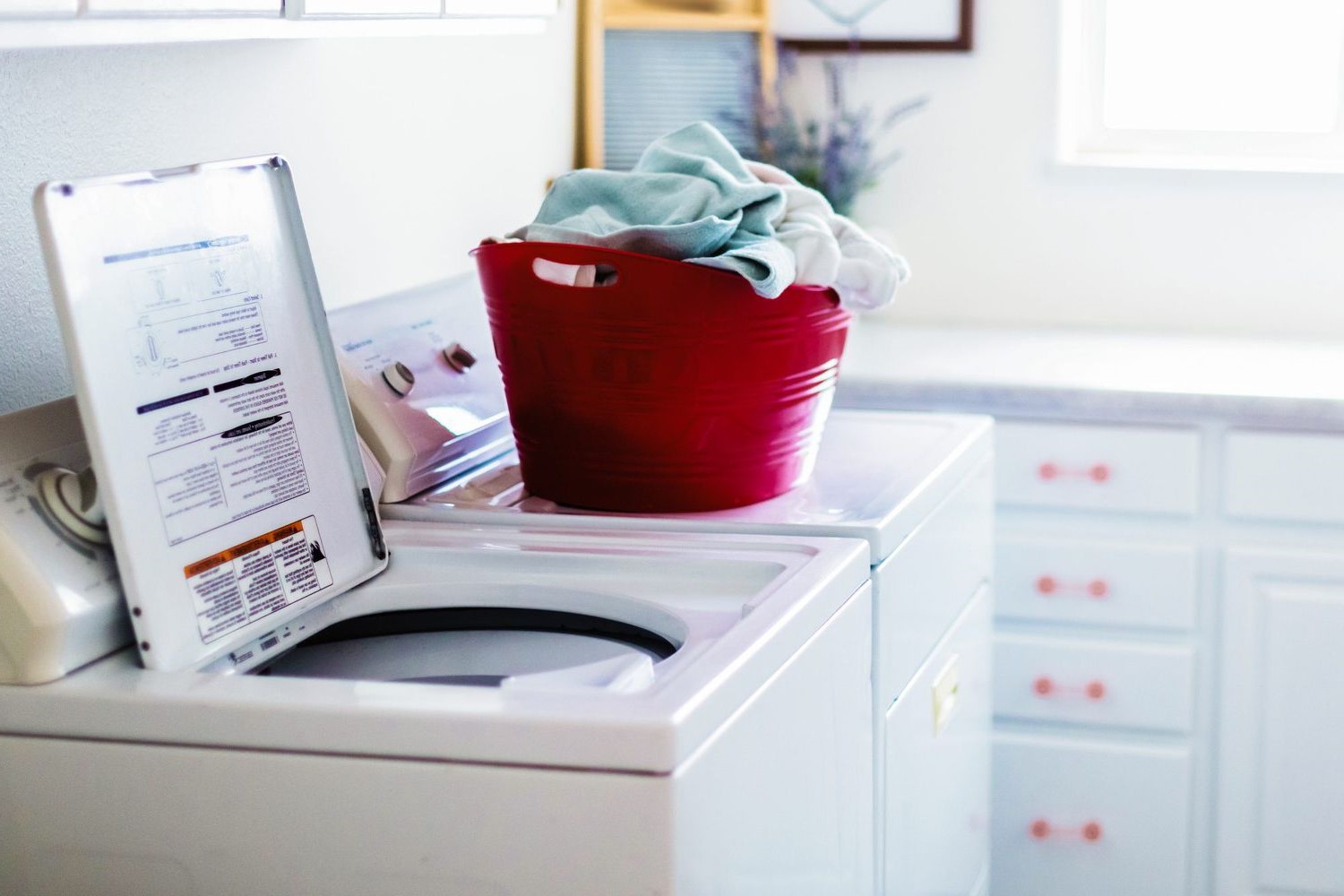
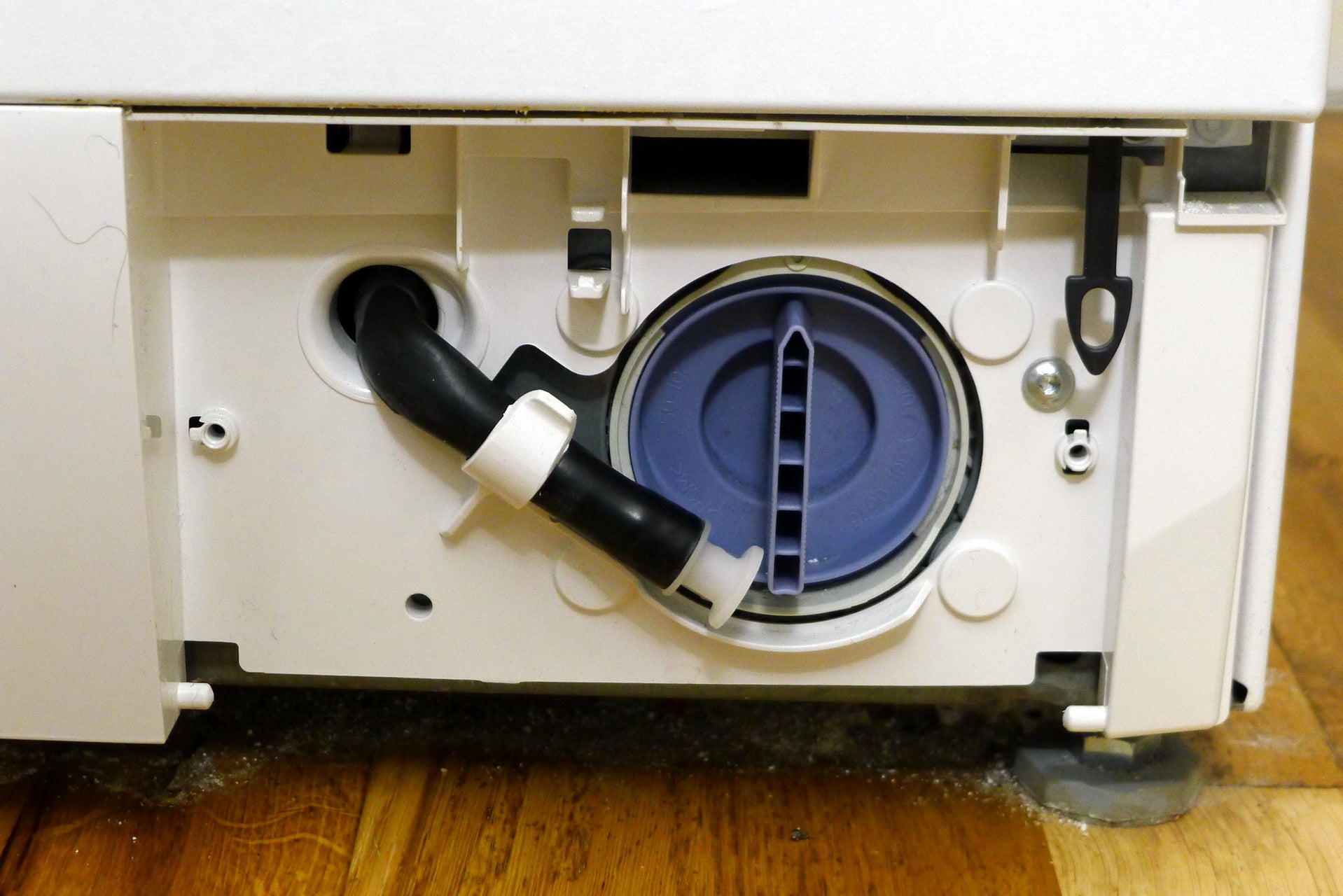

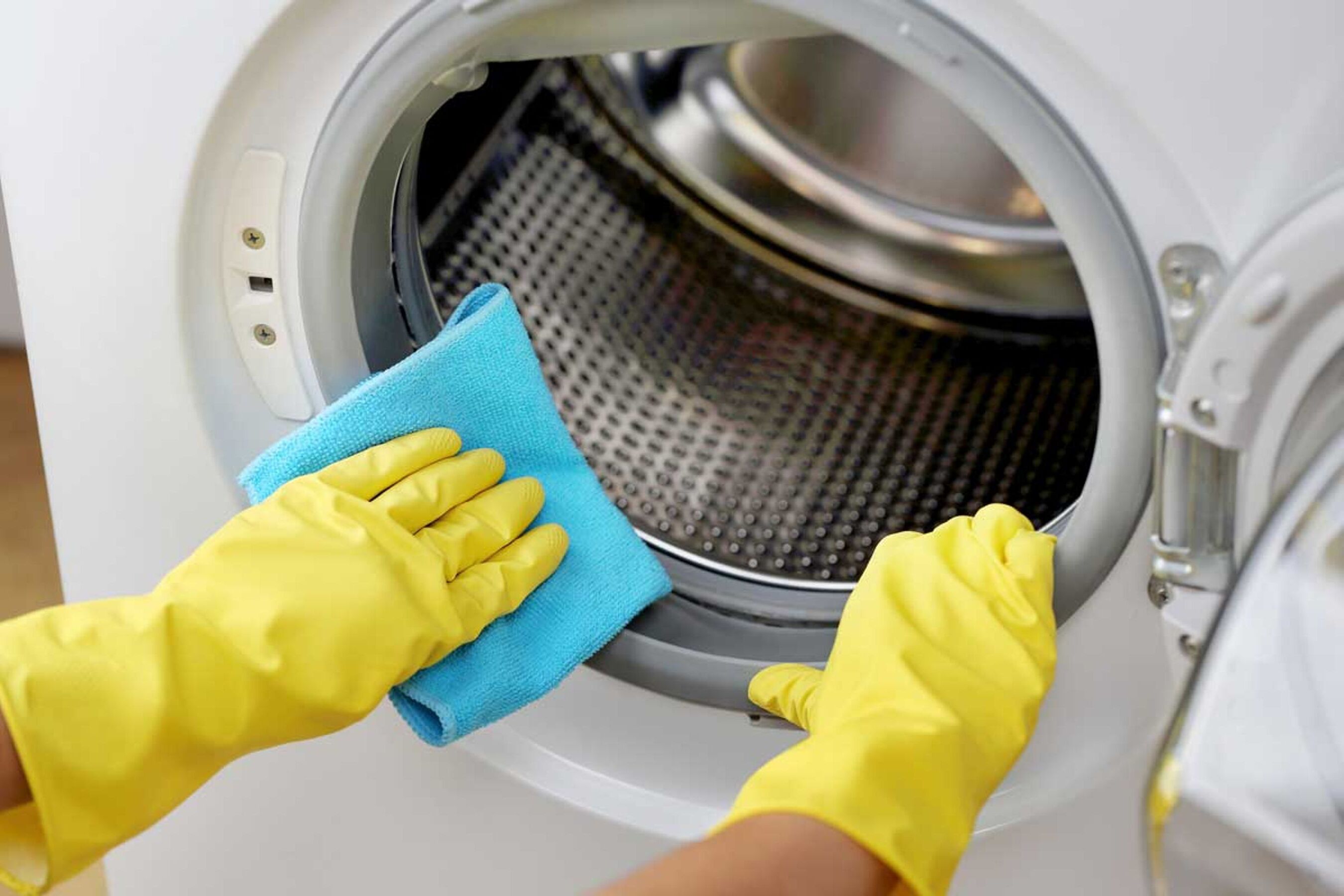
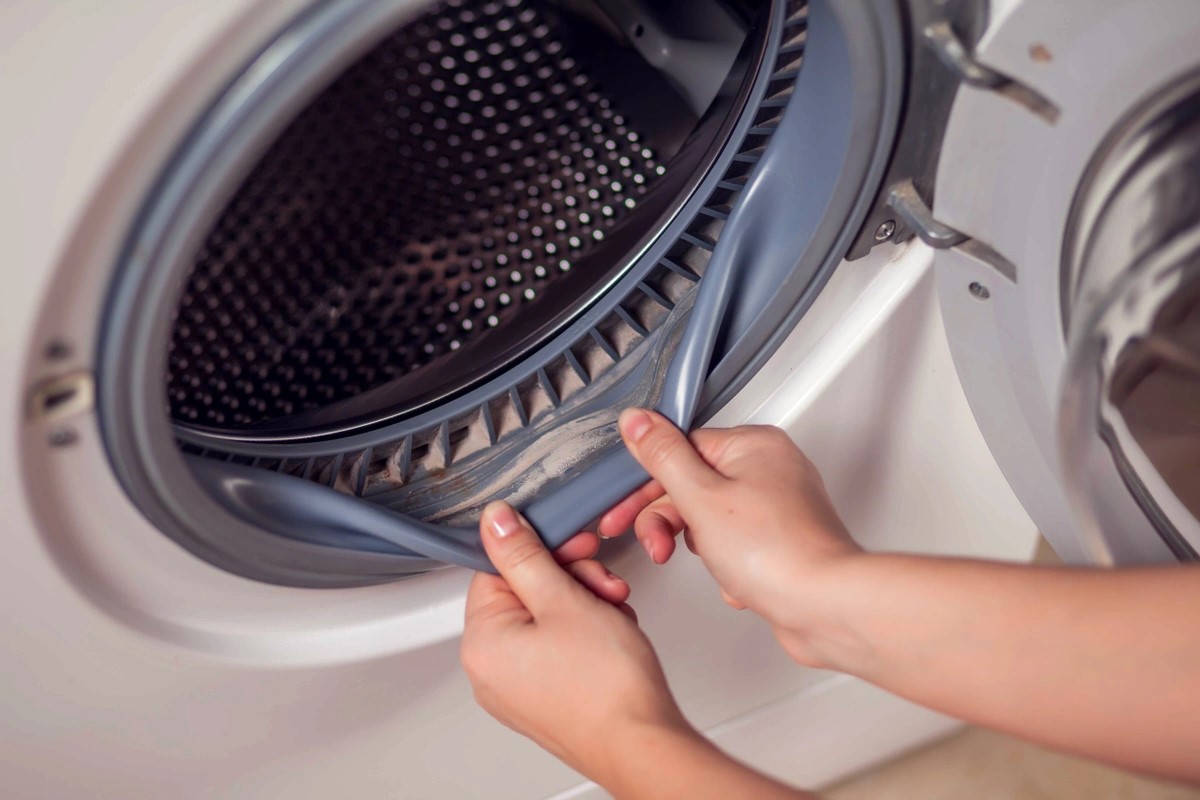
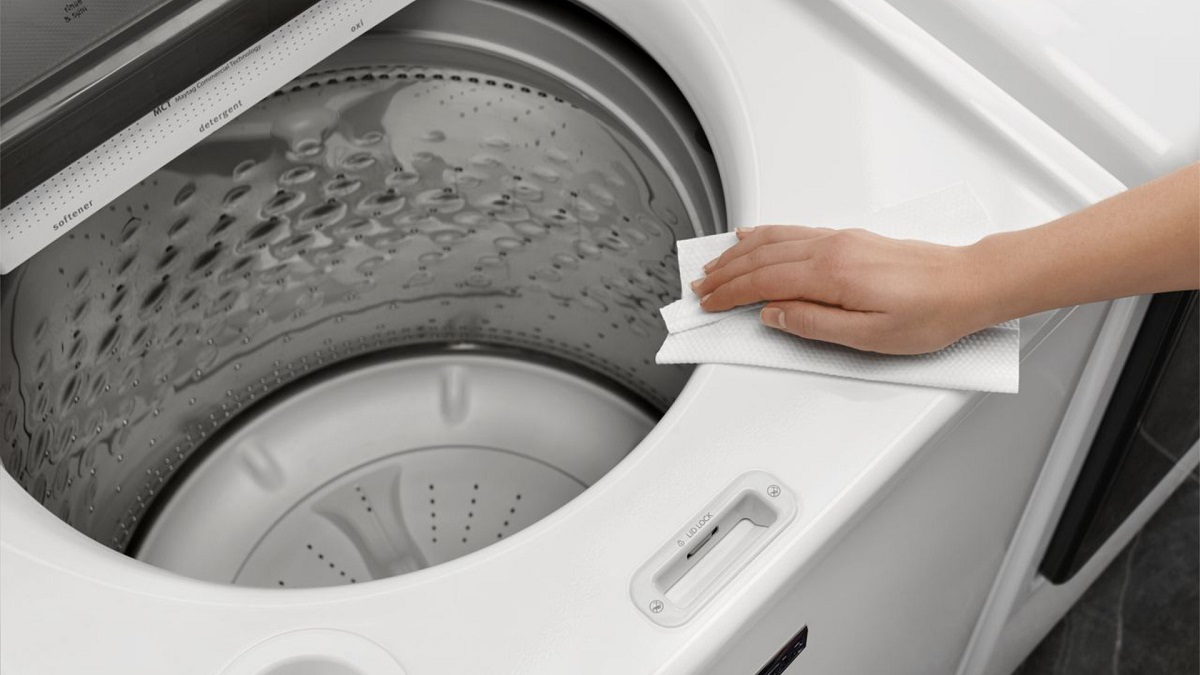
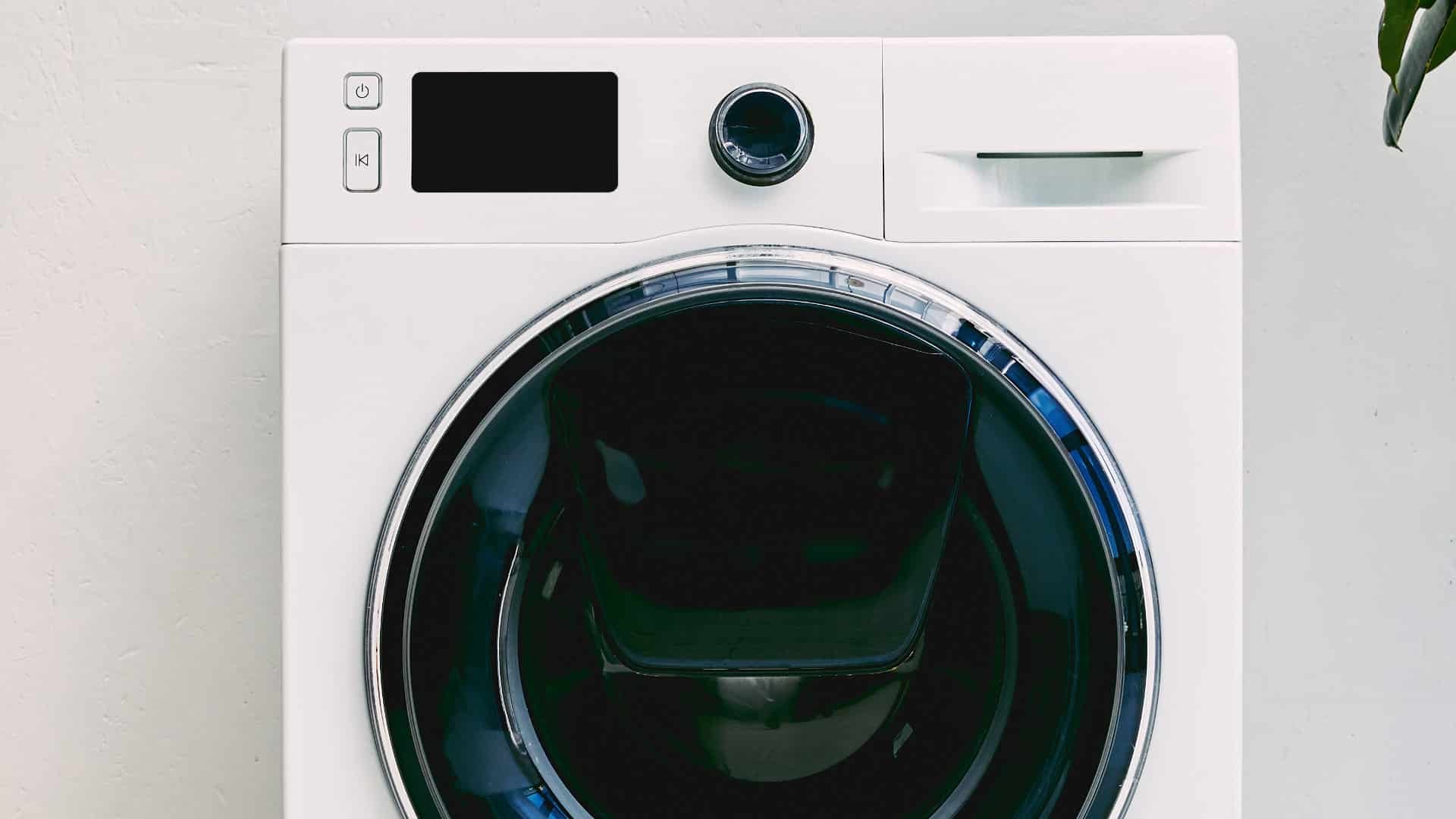
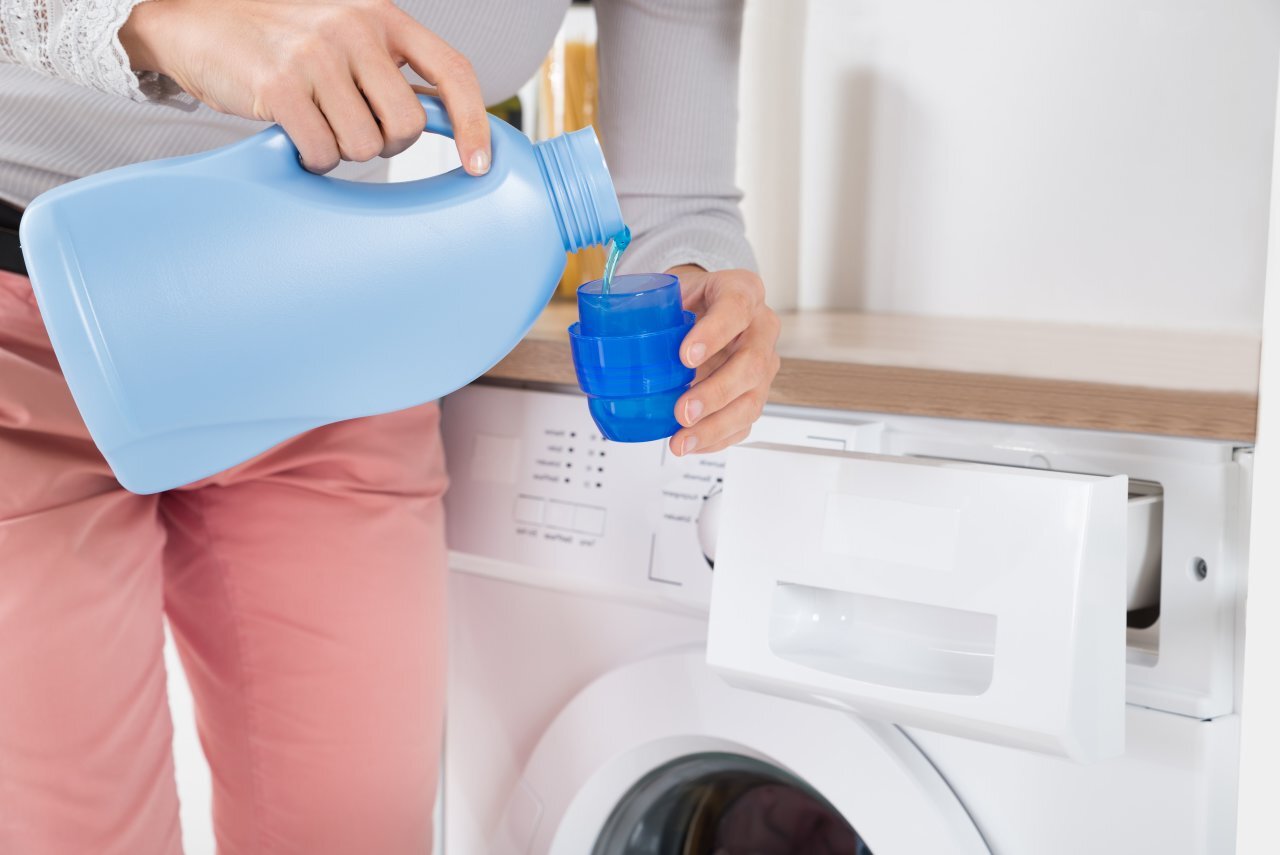
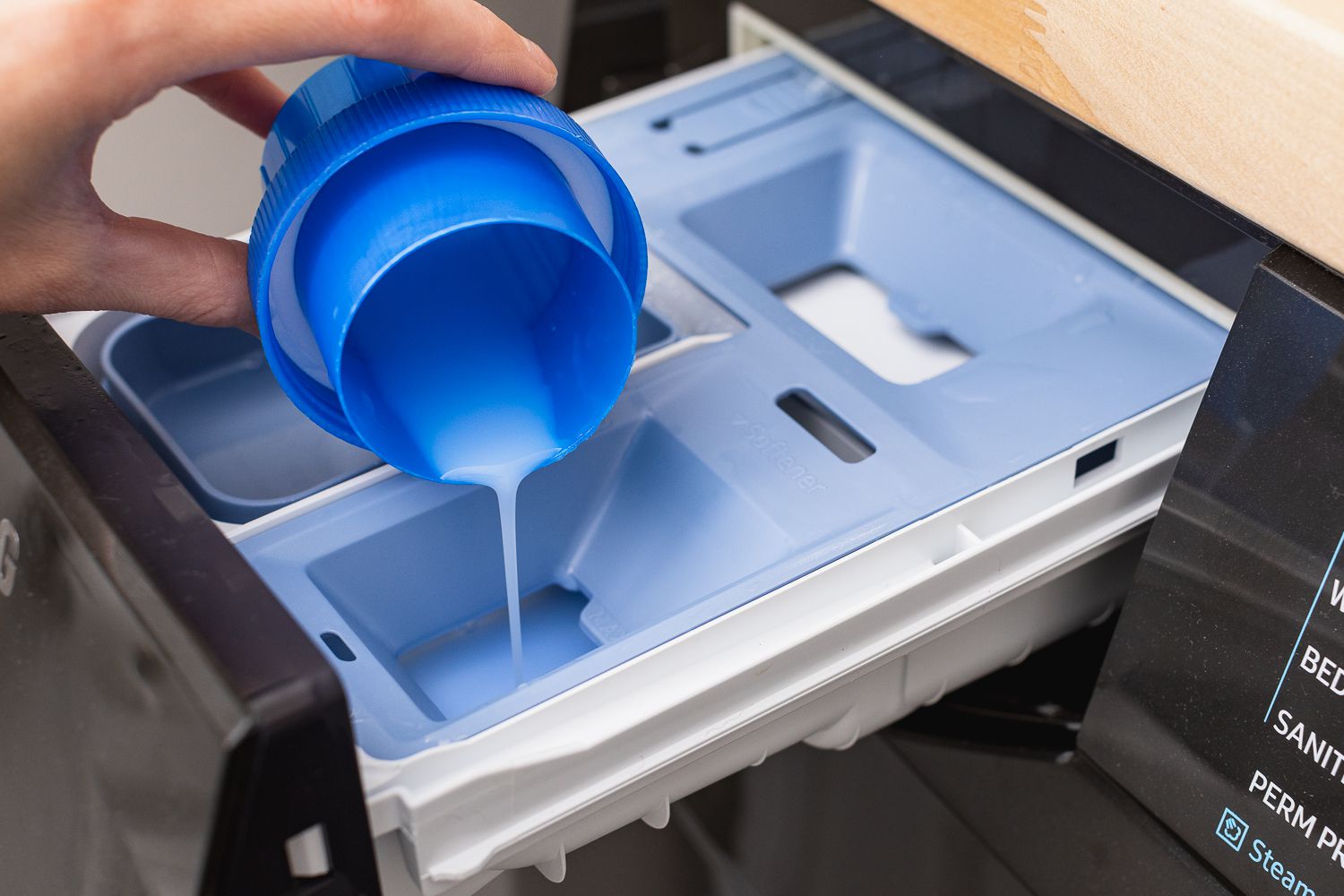
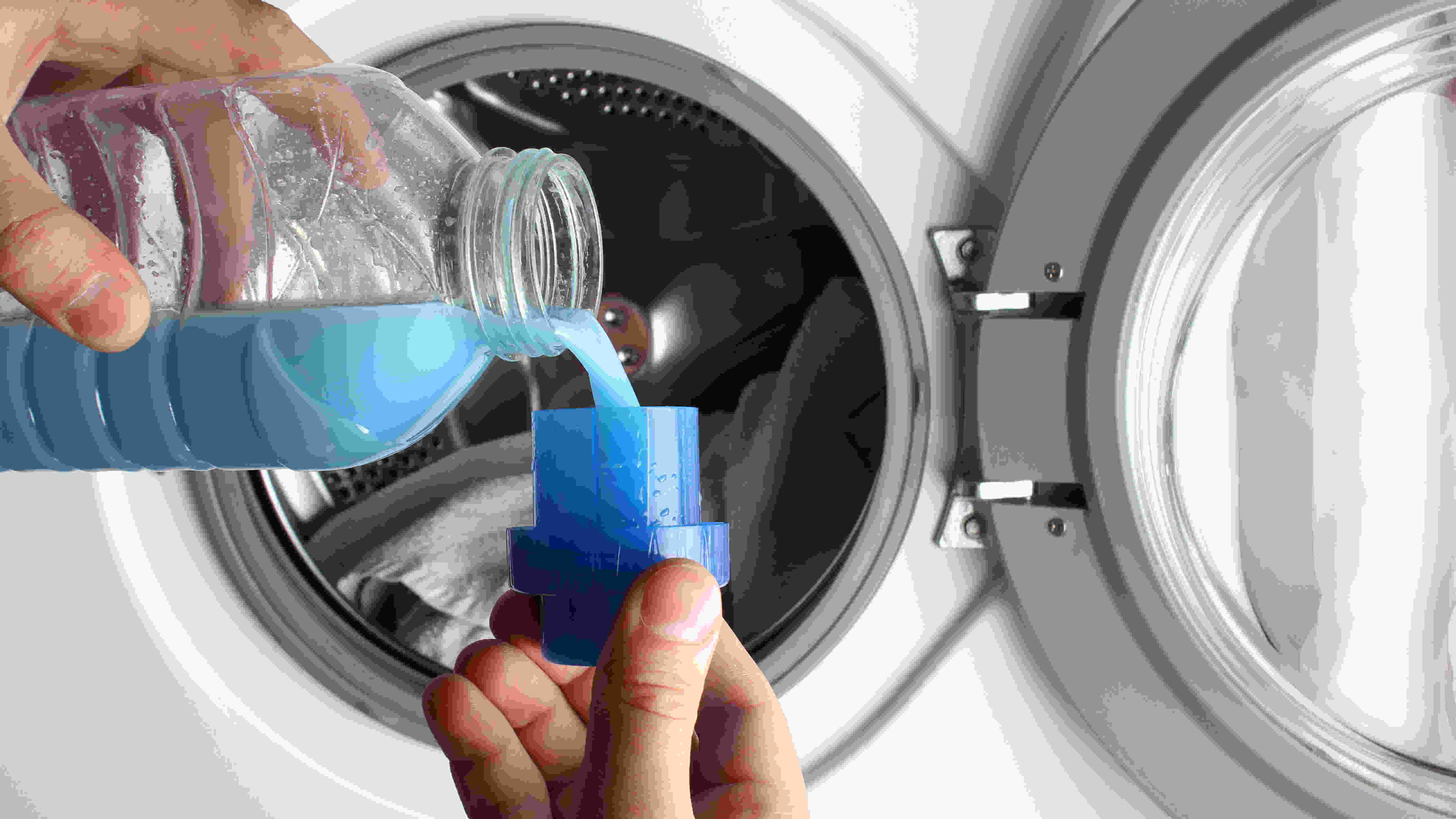
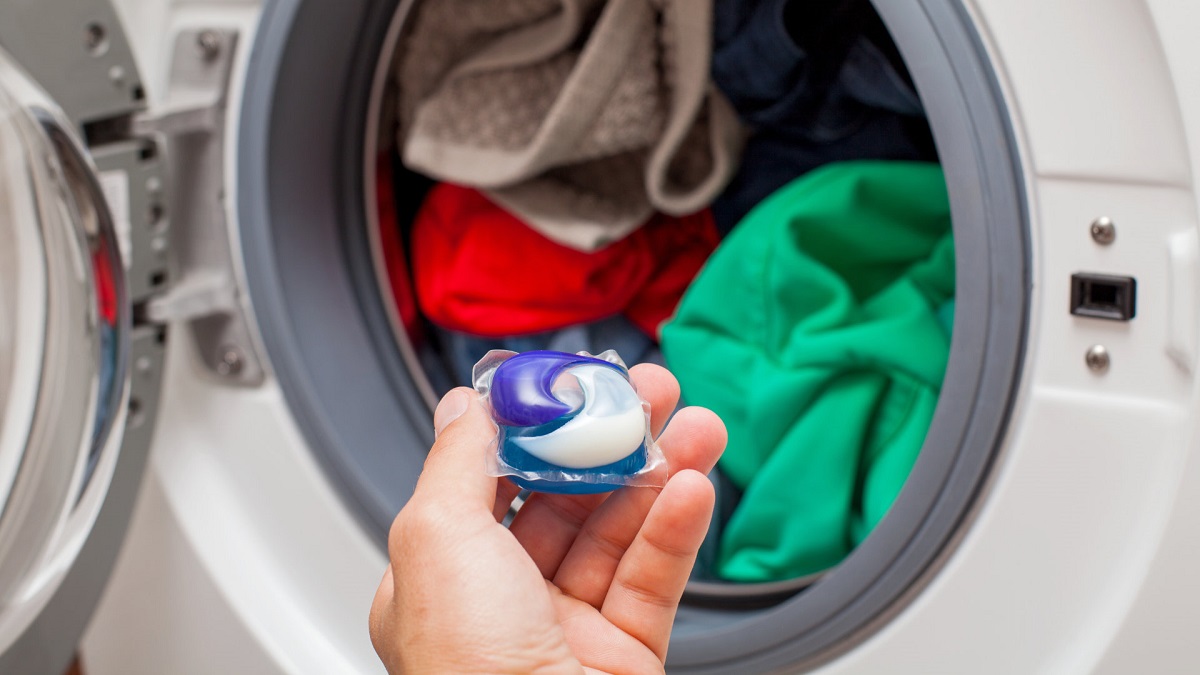
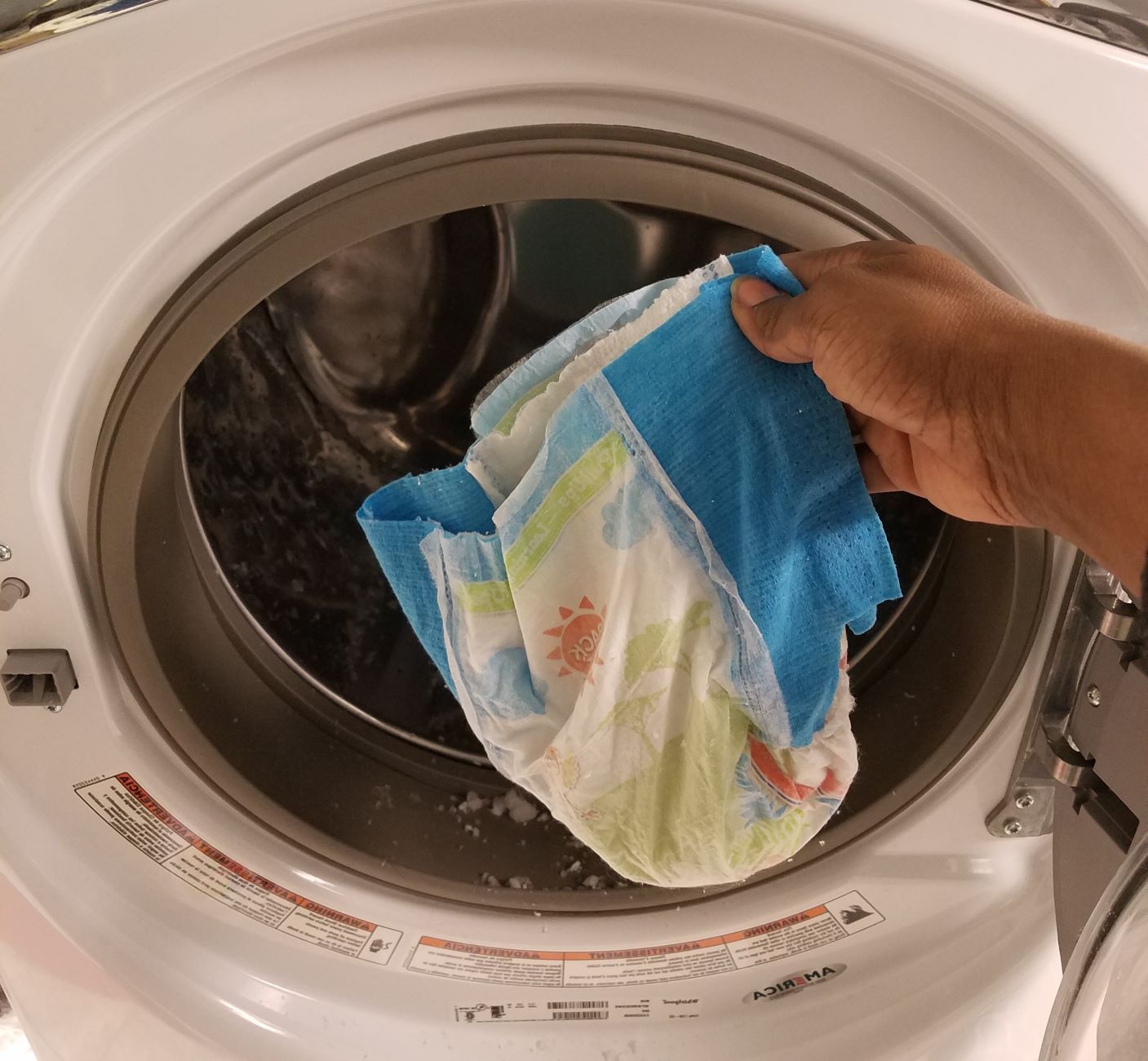

0 thoughts on “How Do You Clean The Washing Machine”